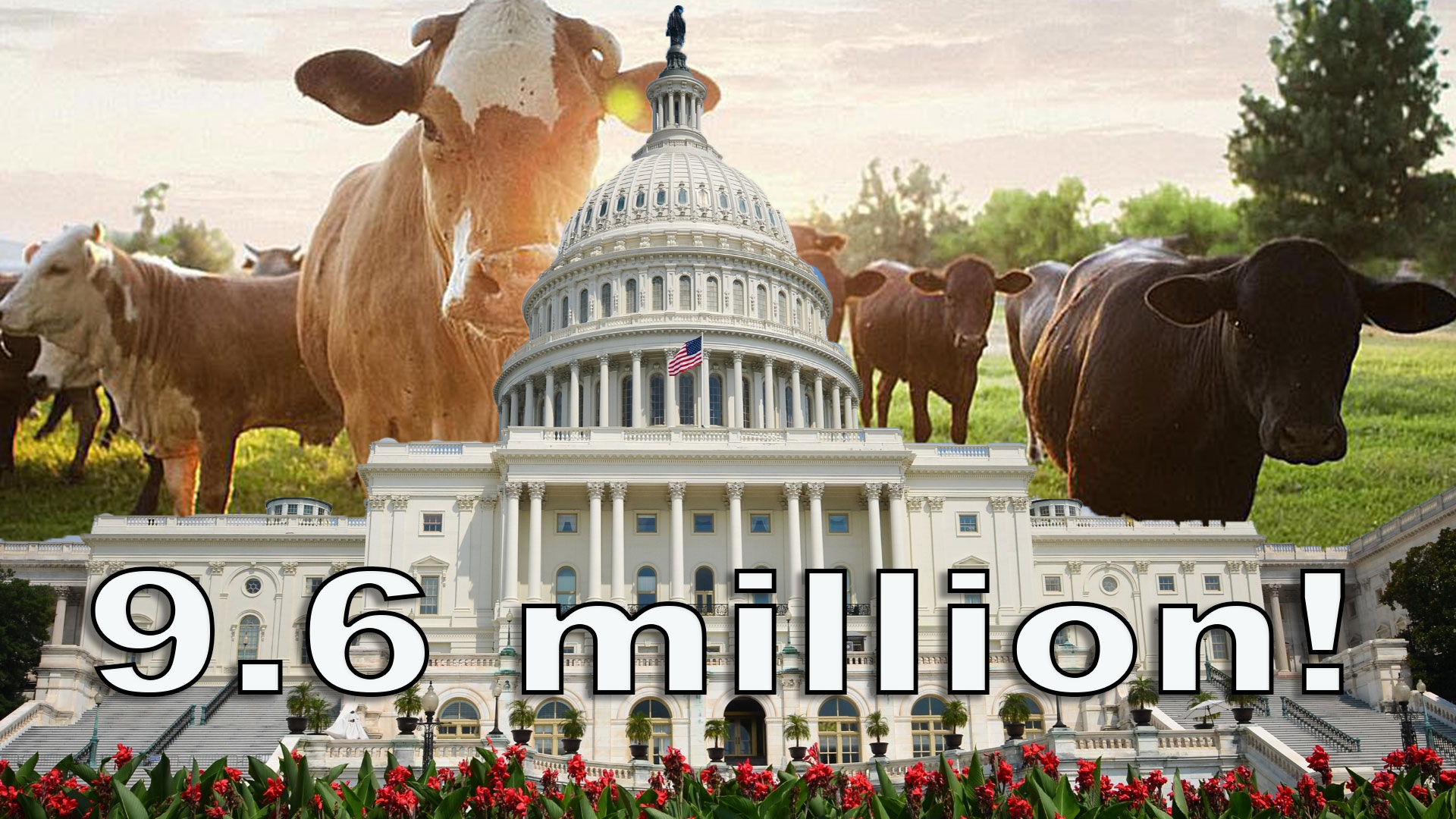Small U.S. meatpackers get $9.6 mln boost from Biden administration

The Biden administration is awarding an additional $9.6 million in grants and loans to expand meat processing across the country, it announced on Thursday as the government tries to diversify the industry beyond four companies that have long dominated it
by Christopher Walljasper – Reuters
The effort to expand meat processing capacity comes after COVID-19 infections among workers in large meat processing facilities decimated meat production during much of 2020, contributing to higher food prices.
The projects, funded by the U. S. Department of Agriculture, vary from a $44,000 grant to a Virginia-based farm to support the processing of pasture-raised chickens, beef cattle and hogs for direct-to-consumer sales, as well as a $4.95 million loan to an Amarillo, Texas-based meatpacker to create a new processing facility for local producers and expand retail offerings.
“Facing severe drought conditions, cattle producers across the U.S. Great Plains sent record numbers of cattle to slaughter in 2022, including breeding stock”












